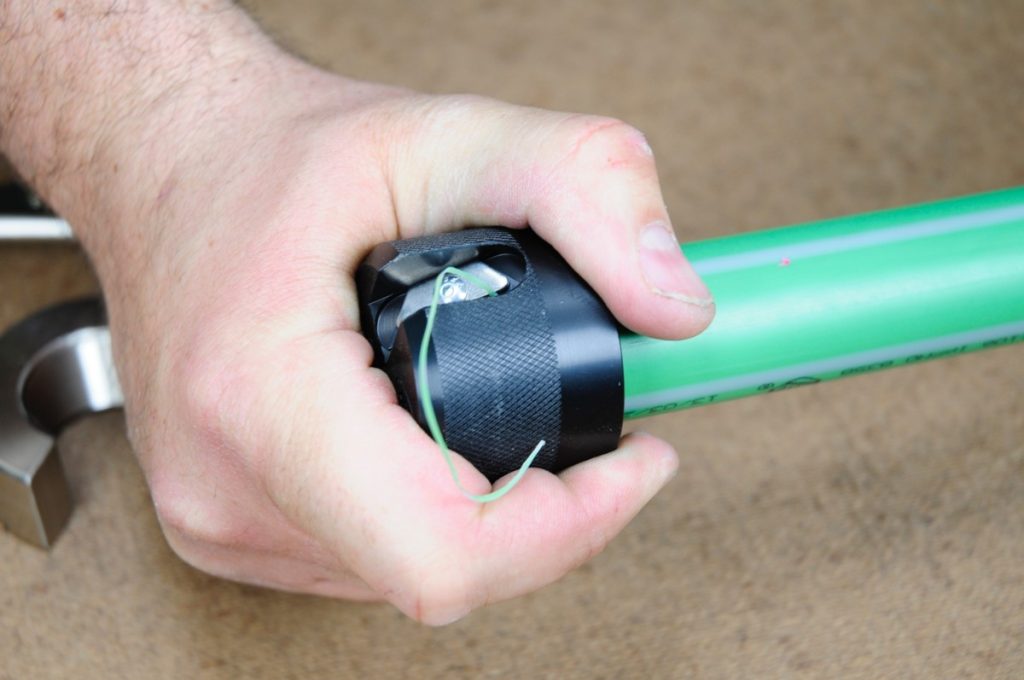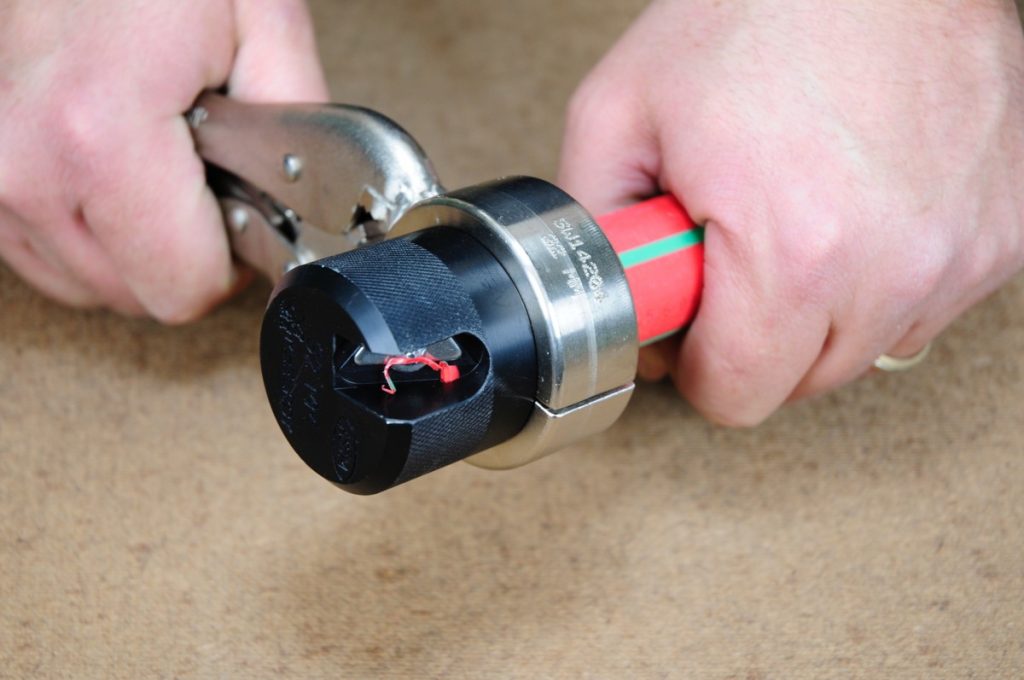To chamfer, or not to chamfer… what a conundrum!
Chamfering the end of the pipe makes a smooth, beveled edge that reduces the amount of molten material displaced during the heat soak phase of pipe fusion.
While it might seem like an unnecessary part of the fusion process, chamfering makes the insertion process easier and helps with proper alignment.

McElroy offers chamfer tools for both Polypropylene and Polyethylene as accessories for Socket Fusion Kits. These kits contain everything needed to fuse socket adapters and fittings.

Chamfering is a quick process, similar to manually sharpening a pencil. McElroy’s chamfer tools also act as a depth gauge for ensuring the proper stab depth. When the pipe is bottomed out within the chamfer tool, a McElroy cold ring tool can be attached and locked in place.
So, should you recommend chamfering as part of the fusion process? It takes seconds to perform, helps with alignment, and also makes the pipe inspection process easier before the fusion begins.

